Rajasthan Switch to Hindi
Southwest Monsoon Causes Heavy Rainfall in Rajasthan
Why in News?
Rajasthan has come under the influence of the active southwest monsoon, resulting in widespread and intense rainfall across various parts of the State.
- Niwai in the Tonk district recorded the highest rainfall in the State, measuring 165 mm.
Key Points
Rainfall Distribution in Rajasthan
- Rainfall Patterns:
- Rajasthan shows a marked variation in rainfall distribution across different regions.
- The mean annual rainfall in East Rajasthan is about 64.9 cm.
- In West Rajasthan, it drops to around 32.7 cm.
- The eastern part of Rajasthan receives considerably more rainfall than the west, with the southwest monsoon accounting for about 91% of the state’s total annual rainfall.
- Western Rajasthan is dominated by arid and semi-arid conditions, with the northwest being the driest.
- Jaisalmer is Identified as the driest district, with an annual rainfall of less than 100 mm.
- Southern Rajasthan: Records the highest rainfall in the state, particularly in districts like Jhalawar and Banswara.
- Jhalawar records the highest average annual rainfall among all districts in Rajasthan.
- Aravalli Range Influence: The western slopes of the Aravalli Range, such as Pali and Jalore districts, receive more rainfall than other parts of western Rajasthan.
- Rajasthan shows a marked variation in rainfall distribution across different regions.
- Seasonal Variation:
- Monsoon Season (June to September): Accounts for about 90% of the total annual rainfall.
- Cold Weather Season (January and February): Receives minor rainfall due to local weather conditions.
- Post-Monsoon Season: Contributes a small fraction to the overall annual rainfall.
Southwest Monsoon
- About: The rainfall received from the southwest monsoon is seasonal and occurs mainly between June and September every year.
- Factors Influencing its Formation:
- Differential Heating and Cooling: Land heats up faster than water, creating a low-pressure zone over India and high pressure over surrounding seas.
- Intertropical Convergence Zone (ITCZ): A low-pressure belt where northeast and southeast trade winds converge.
- High-Pressure Area East of Madagascar: Located around 20°S in the Indian Ocean.
- Tibetan Plateau Heating: Intense summer heating creates strong upward air currents and a low-pressure zone at high altitudes.
- Jet Streams: Westerly Jet Stream moves north of the Himalayas in summer.
- Southern Oscillation (SO): Periodic reversal of air pressure between the Pacific Ocean and Indian Ocean affects monsoon patterns.
- Mechanism and Onset of Southwest Monsoon:
- ITCZ Movement: Shifts north with the Sun’s movement
- Wind Direction: Southeast trade winds cross the equator, deflect due to the Coriolis force, and blow as southwest monsoon winds.
- Monsoon Trough: In July, ITCZ reaches 20°–25°N, located over the Indo-Gangetic Plain.
- Two Main Branches: Arabian Sea Branch and Bay of Bengal Branch.
- Breaks in Monsoon: Rainfall is not continuous; dry spells (breaks) occur due to shifts in the monsoon trough.

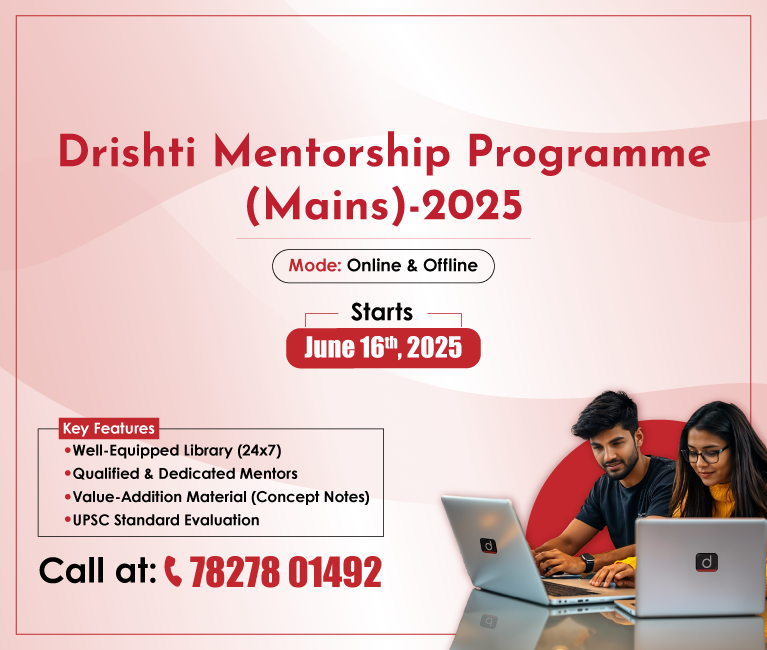
Rajasthan Switch to Hindi
Padhai with AI
Why in News?
The AI-based educational programme “Padhai with AI” has brought about a remarkable improvement in the academic results of government schools in the Tonk district, Rajasthan.
Key Points
- About: The programme is called Padhai with AI, which translates to “Study with AI”.
- The initiative integrates digital learning and artificial intelligence through a dedicated web portal designed for students’ self-paced learning.
- The web portal offers remedial practice, drill exercises, and personalised learning to help students solve textbook questions, practise similar problems, and strengthen weak areas.
- Its aim is to help students understand and practise subjects that they find difficult, with a strong focus on mathematics.
- Implementation Strategy: Initiated by the Tonk Collector to address poor maths performance, the AI-based programme was implemented in 351 schools of Tonk District with a three-month action plan for Class 10 targeting the 2025 session.
- Impact and Outcomes: Tonk’s overall pass percentage exceeded the State average, demonstrating the success of the AI-based learning programme.
Other Digital Initiative of Rajasthan for Education
- AI-Enabled Assessments: Rajasthan has shifted from traditional exams to AI-powered, competency-based evaluations aligned with the National Education Policy (NEP) 2020.
- Oral Reading Fluency (ORF) tests conducted for 26+ lakh students using voice recognition.
- Common Evaluation Test (CET) standardized for Classes 9–12.
- Infrastructure & Digital Learning Expansion: ₹225 crore allocated for improving school infrastructure.
- Emphasis on digital classrooms, smart boards, and online learning platforms.
- Integration of vocational training and career counselling through digital means.
- Skill Development & Career Readiness: Launch of Vishwakarma Skill Institute and Centre for Advanced Skilling and Career Counselling.
- Modernization of 36 ITIs and establishment of new polytechnic colleges.

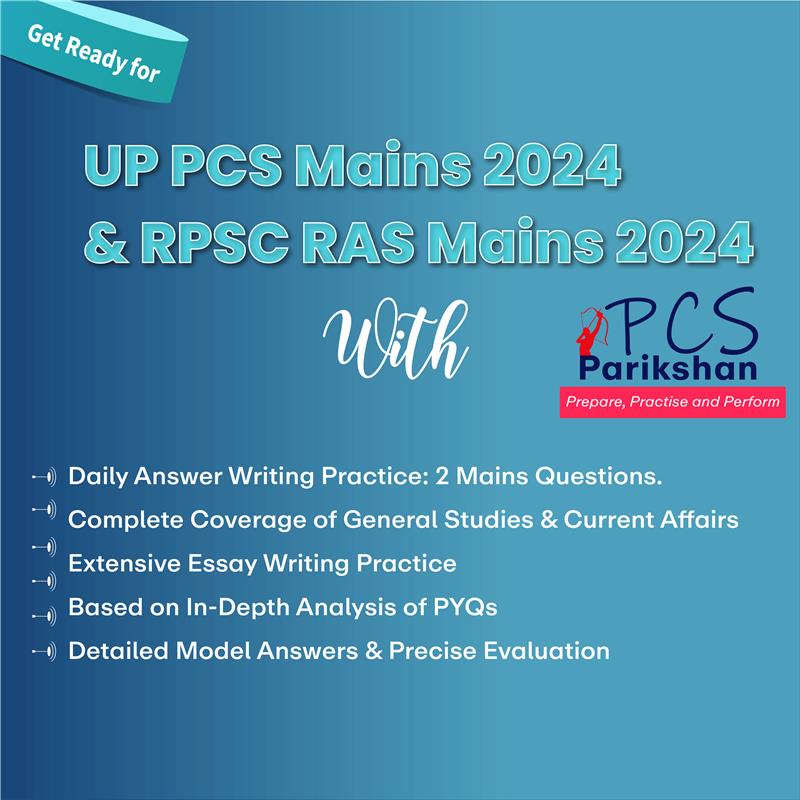


.png)
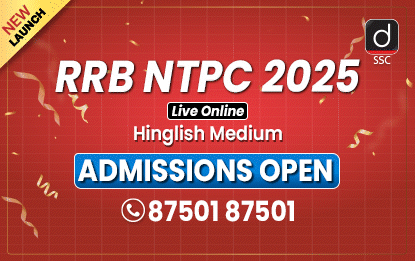


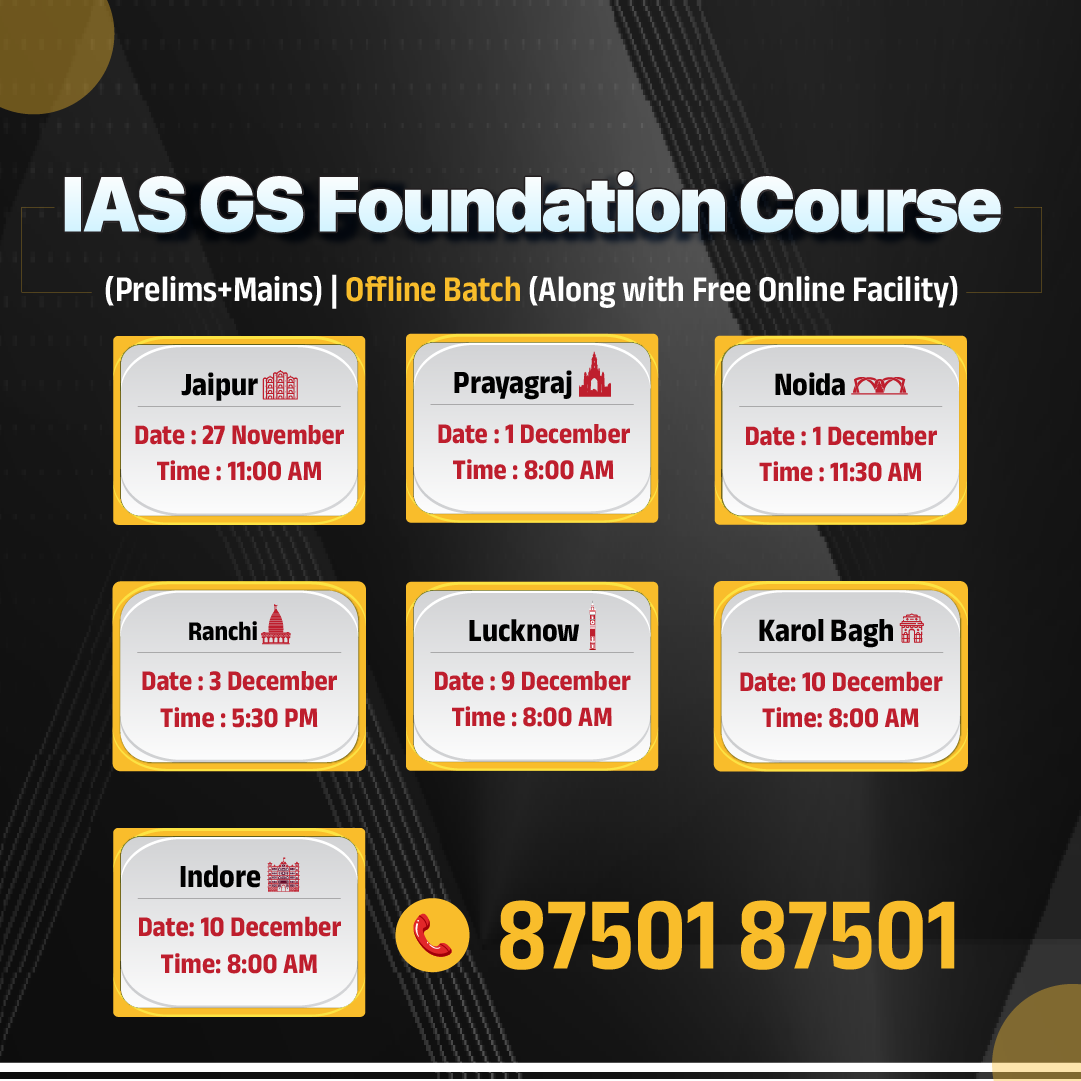
.jpg)
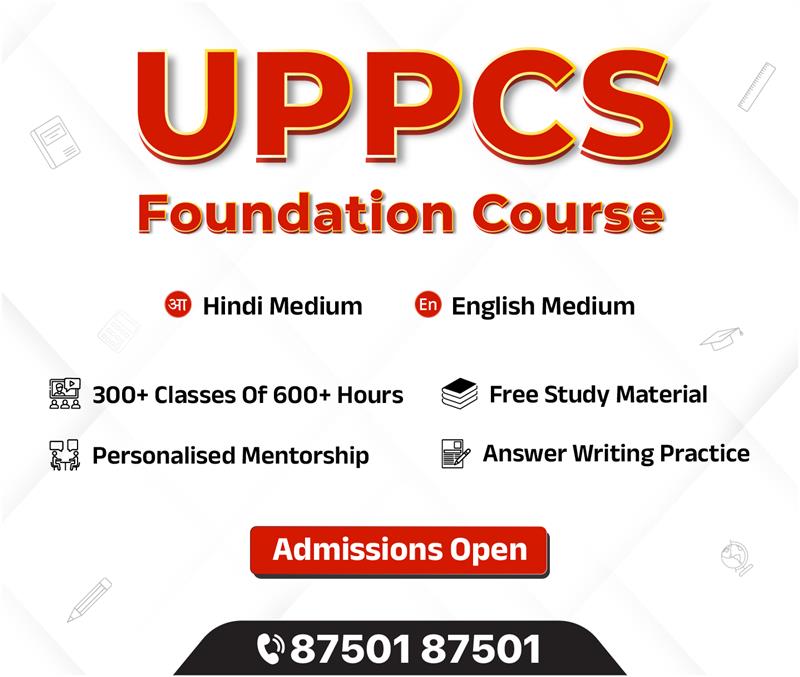



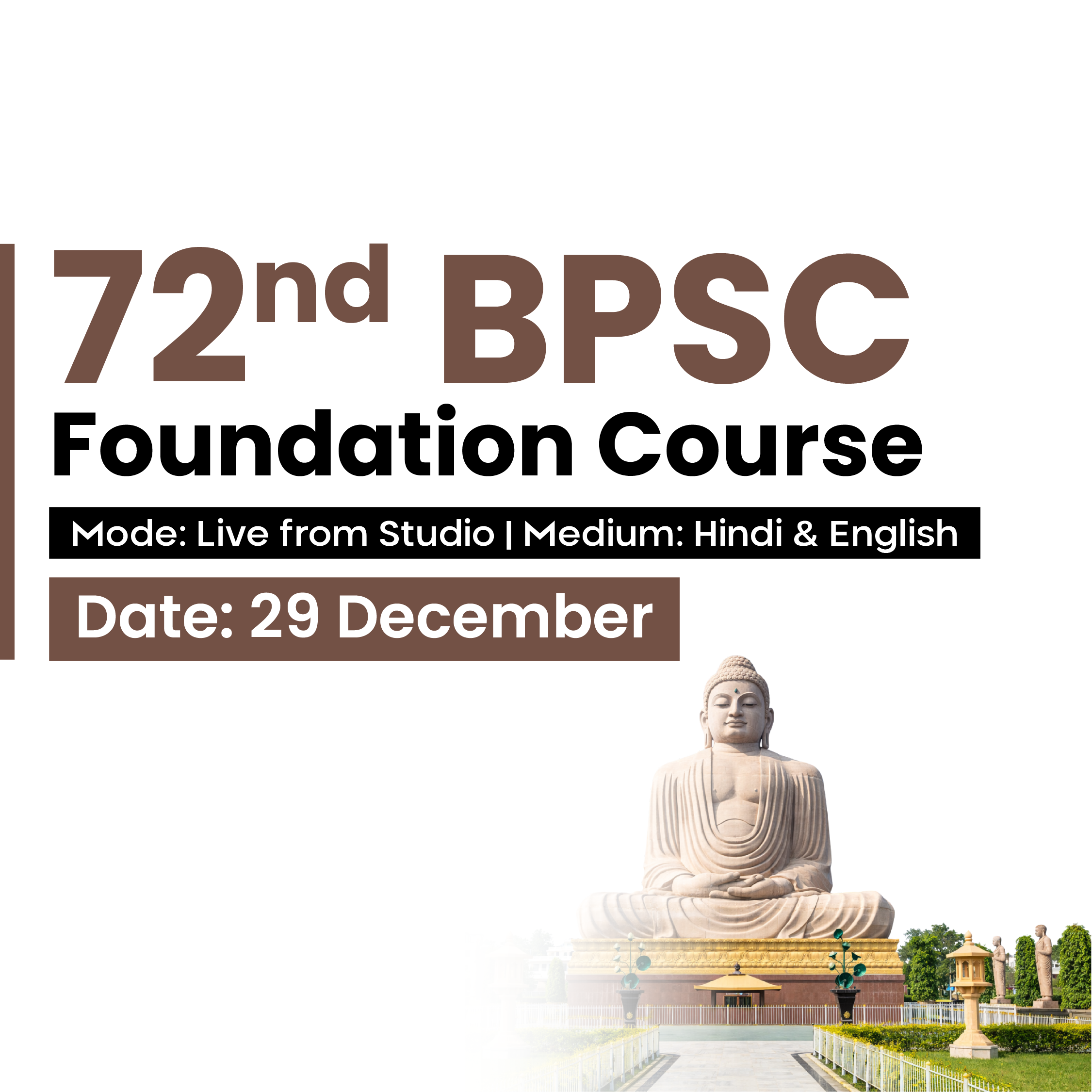

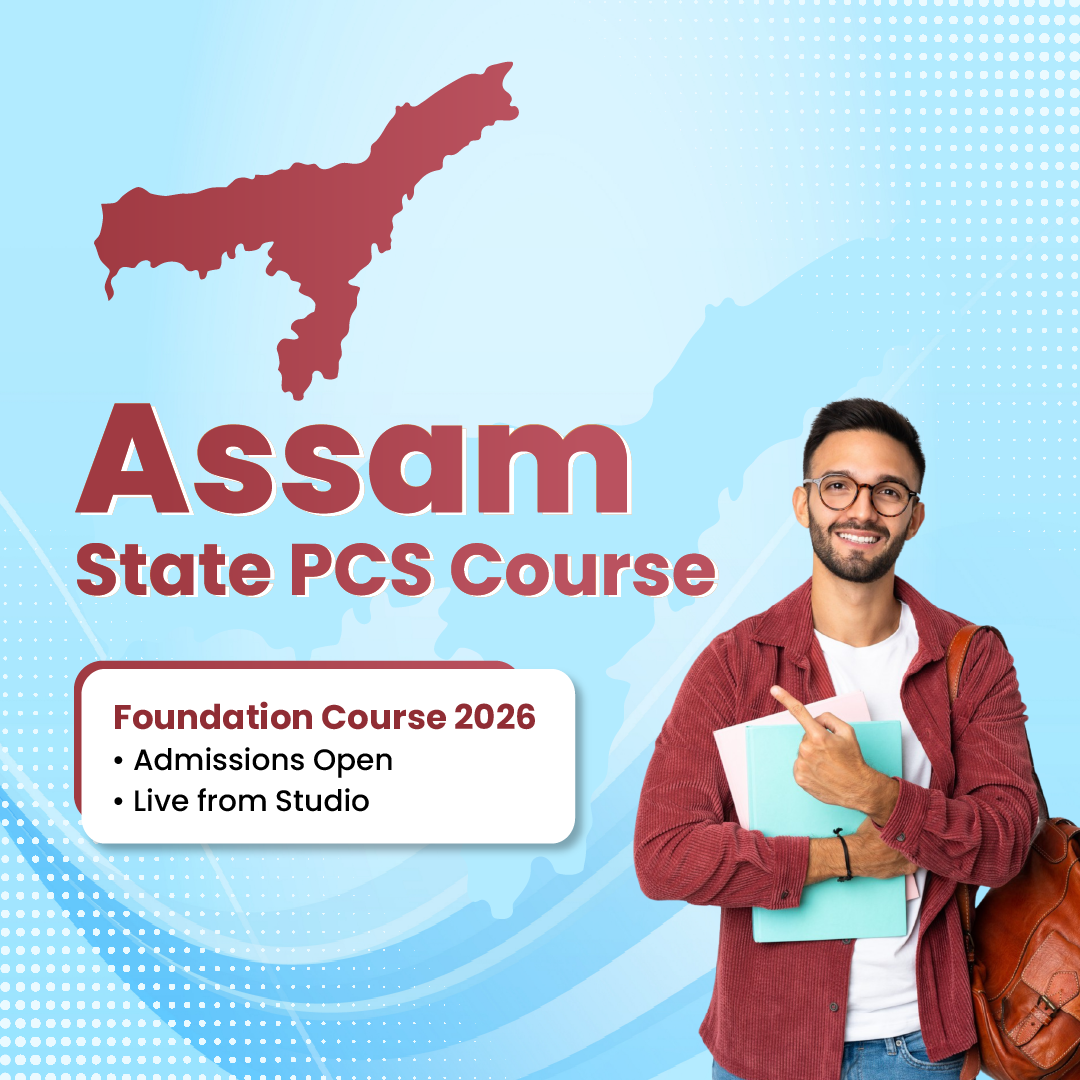

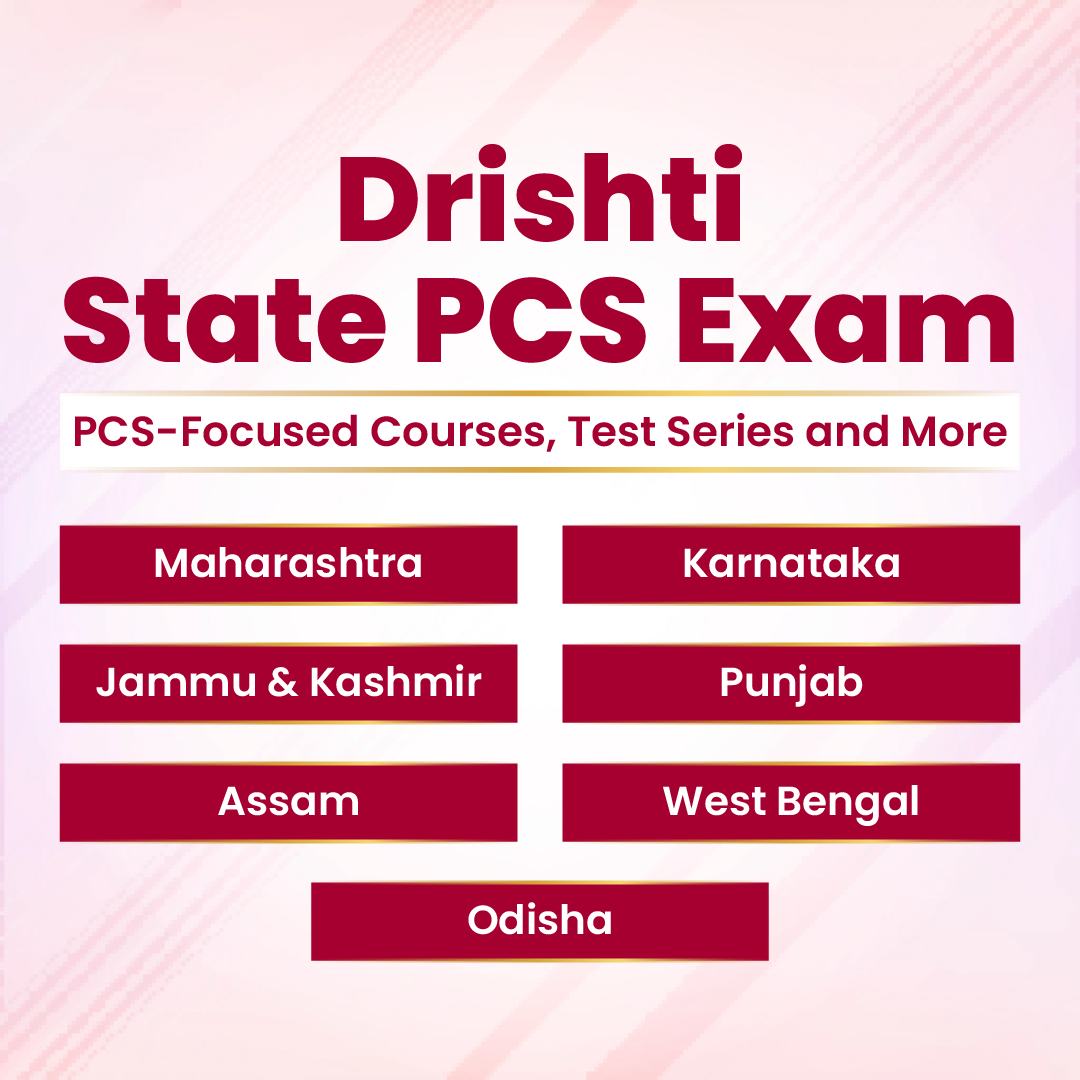

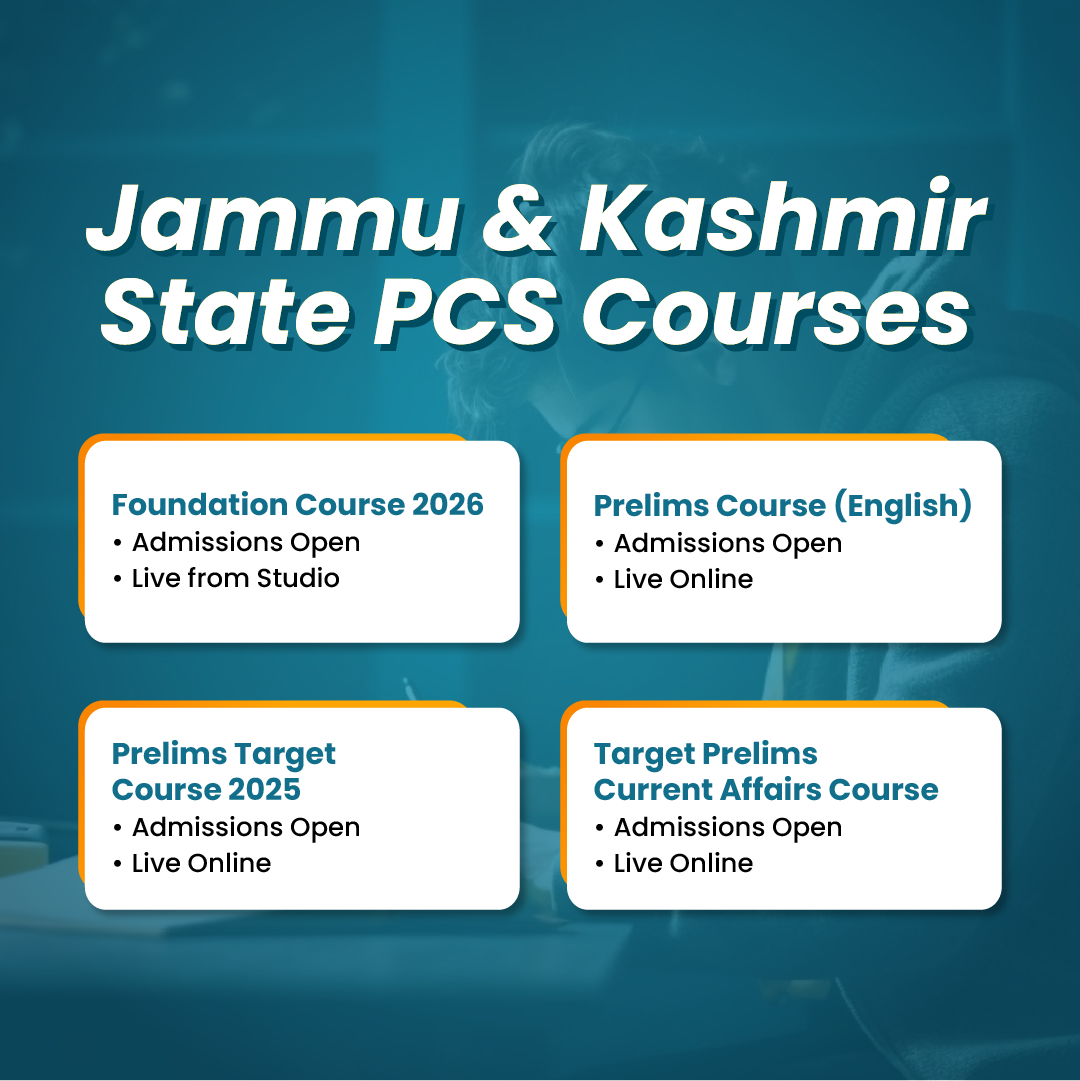

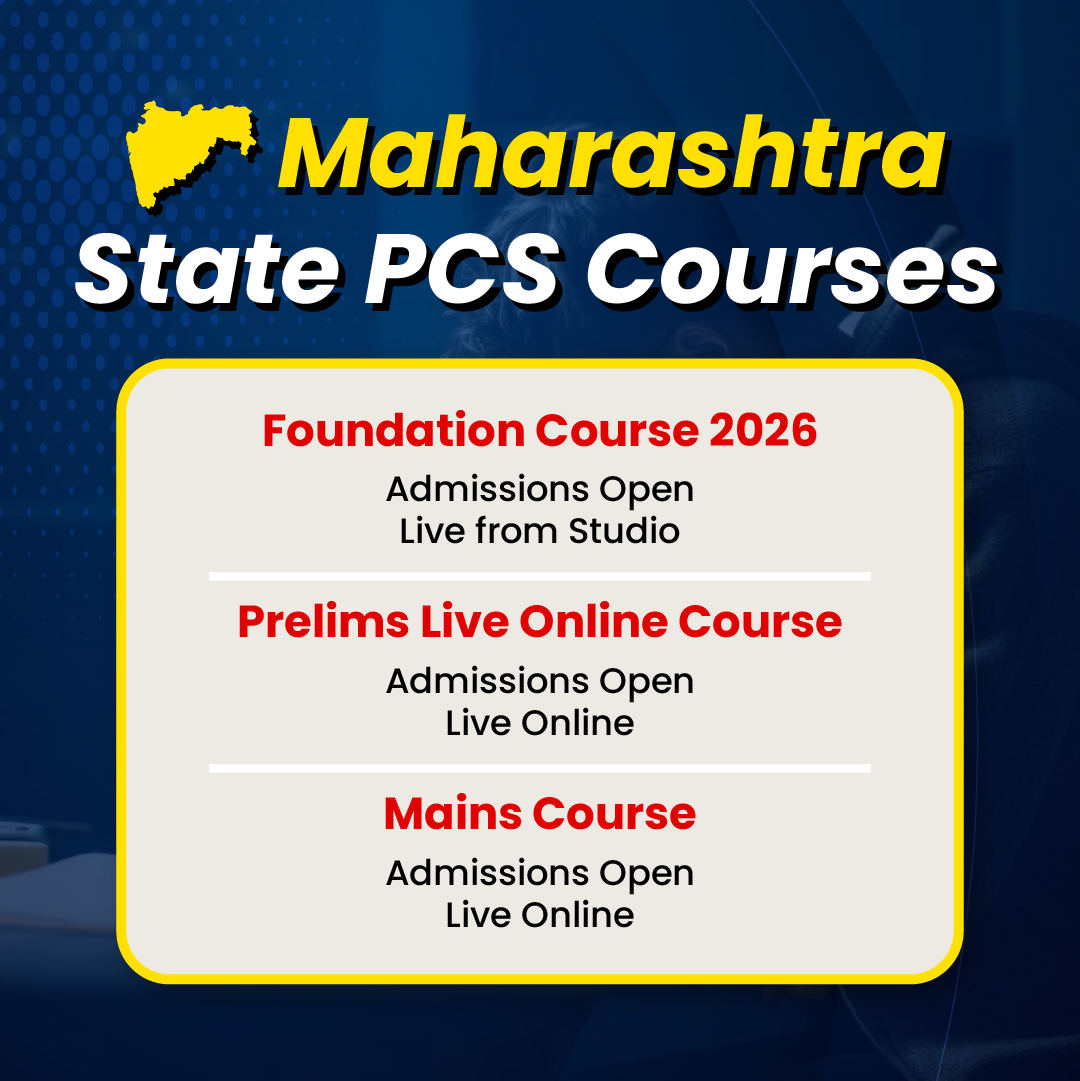

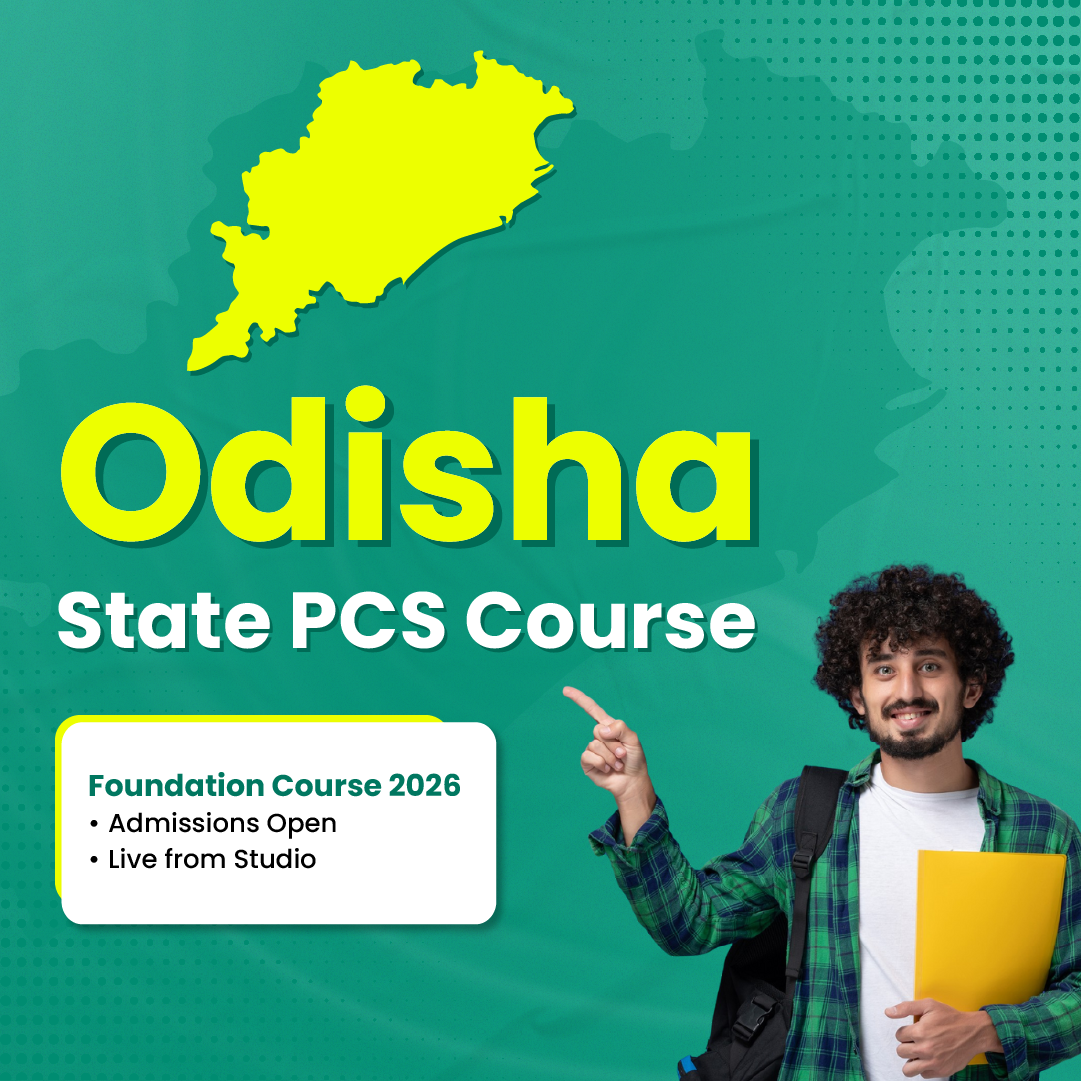



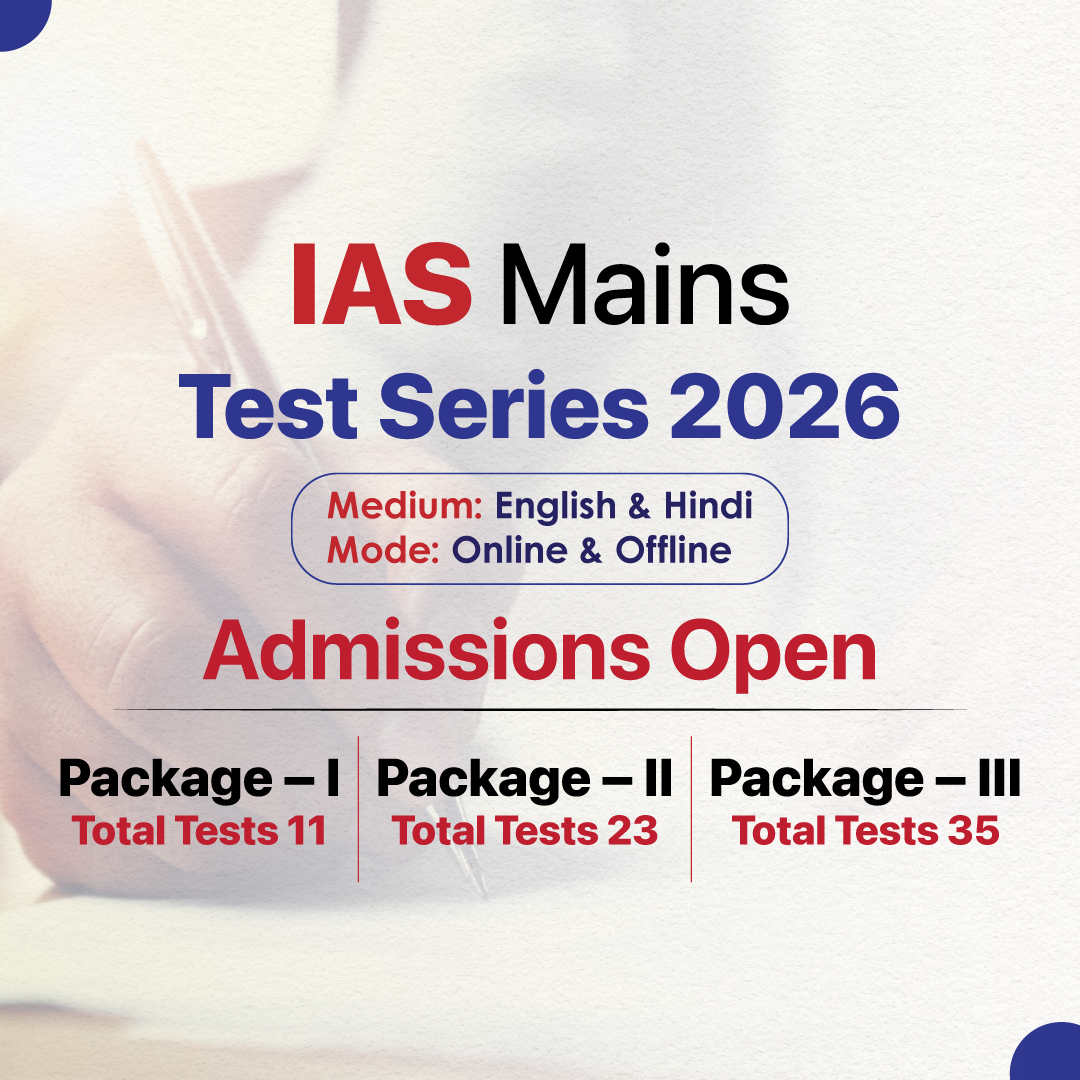

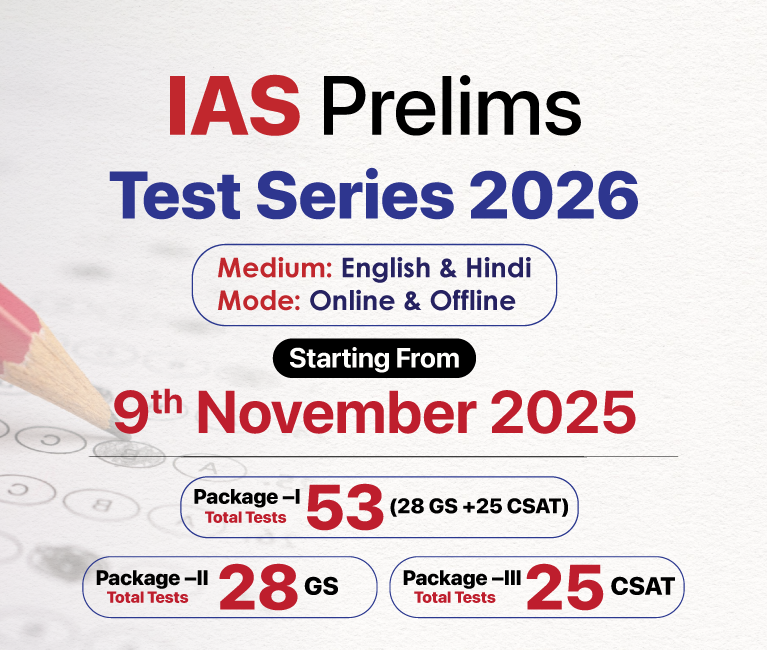

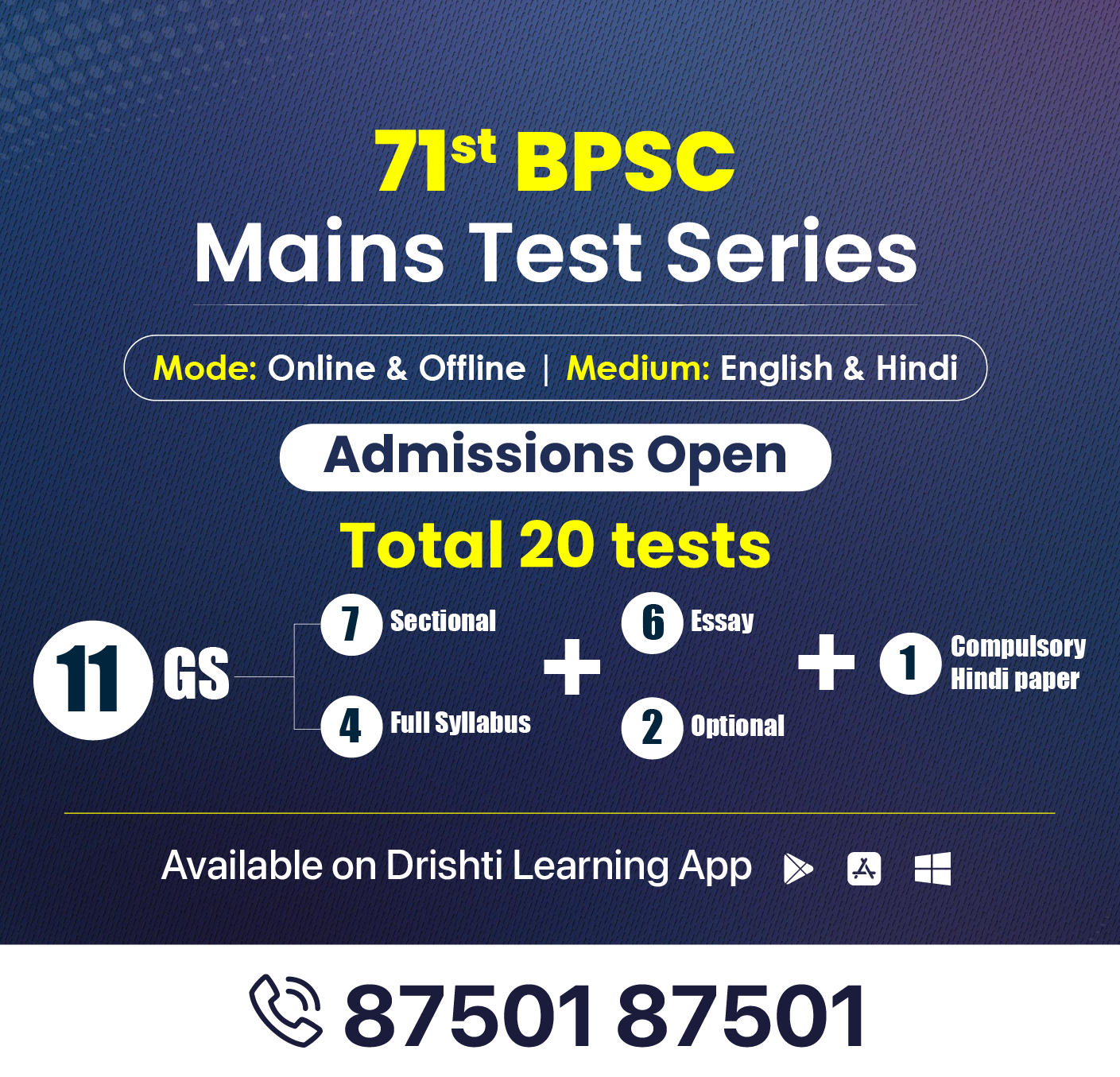
.png)
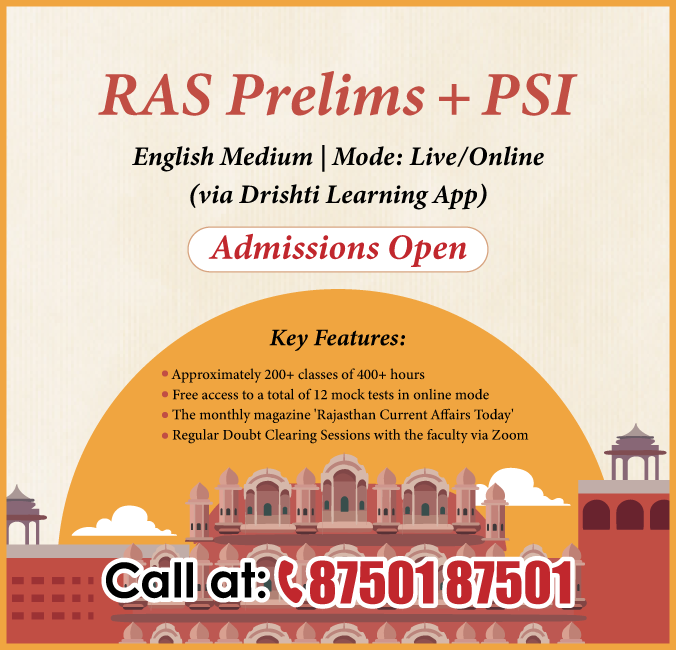

.jpg)

 PCS Parikshan
PCS Parikshan

